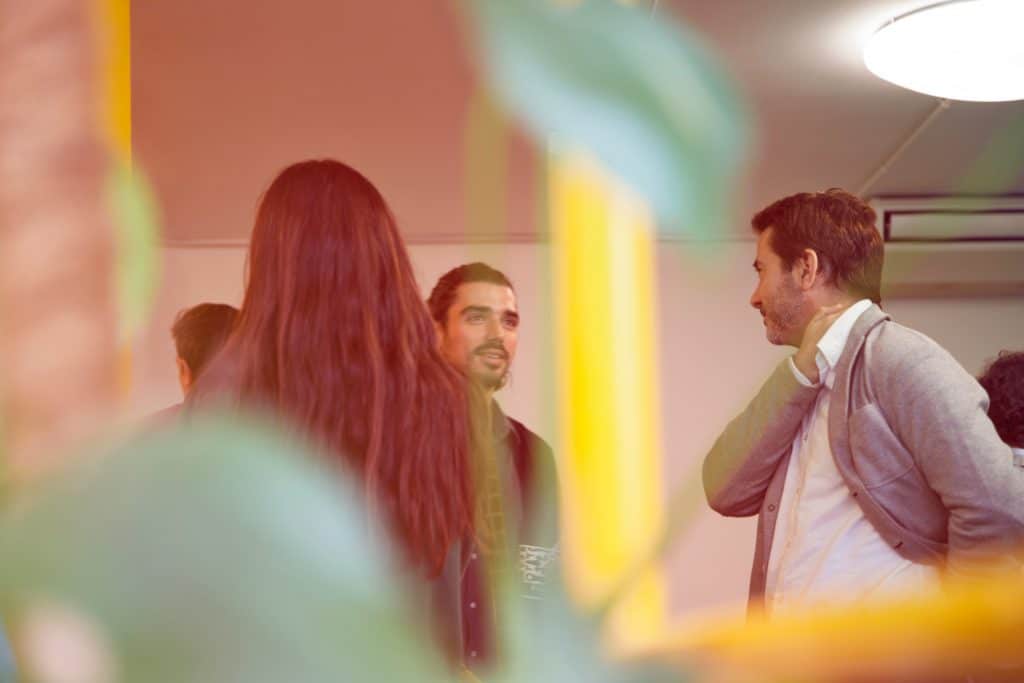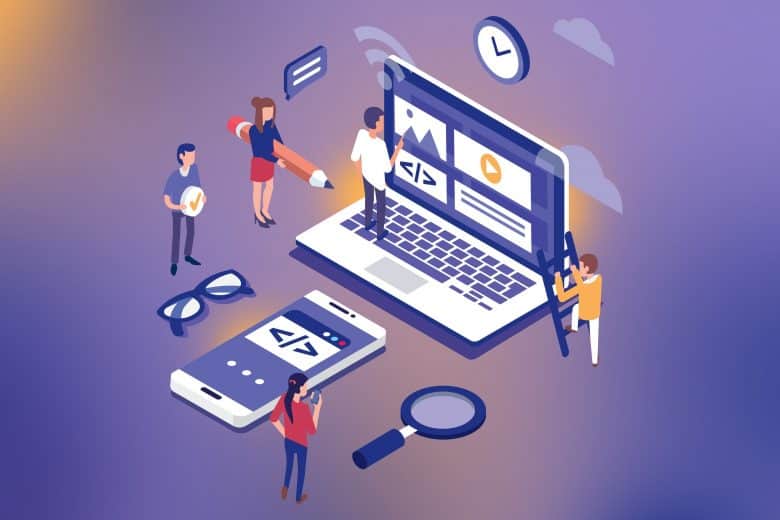Becoming a freelance web designer has many perks, especially that you can work from practically anywhere in the world! What sounds better than that?
As with any freelance work, there is always a small risk factor to consider… but it is totally worth the freedom and lifestyle that comes in exchange. Luckily, there are 10 easy steps you can follow to mitigate that risk and make it big. These 10 steps below will ensure you start off on the right foot and get on the path to freelance web designing success!
Build a Portfolio
All artists need a portfolio to display their best works, and web designers are no exception to that. It is often the first introduction potential clients have to your work. Compile your top works and make sure to include above all, the types of projects you are looking to do more of. The portfolio should reflect your brand, skills, and areas of expertise. Make it easily accessible for those interested to learn more about your work.
Establish a personal brand / Logo
Pay special attention to branding, as it plays a significant role in taking your business to the next level. A good brand builds credibility, client loyalty, and helps deliver your target message. It may be represented by your personal name or by an official business name. Creative business names can resonate with your work, are memorable, and can be chosen with SEO characteristics in mind. Lest we forget… along with a catchy name, every brand needs a logo! Select an image that is recognizable and aligns with your brand.

Get online
Web designers need a strong online presence. Buy a domain and create an email address. Not only are you establishing yourself as an authority by creating a solid website and building social media accounts for your business, but it also makes it that much easier for potential clients to discover you. Include some of your works, and make it obvious that you are available for hire. Including a contact form on your web page is always a good idea, making it simple for people to get in touch with you. If you want help with this process you can always contact the web design agency San Francisco.
Create a business plan
Arguably the trickiest part of becoming a freelancer is defining your goals and creating a business plan. Consider your business expenses, such as software, marketing, domain name, and hosting costs, as well as your personal and living expenses. You can then estimate how many projects and hours of work are required in order to pay yourself out enough to cover your costs, as well as some extra for saving.
Start taking clients
Especially at first, avoid being over-ambitious, and start small. Remember, projects may take longer than expected, and the last thing you want is to get overwhelmed or fail to deliver! With more experience, you will have a clear idea of how to manage your time based on different types of work. Also, consider doing a job or two for free at the beginning. They will be easy to find and add tremendous value to your portfolio in-progress.
Develop and nurture the right networks
As with any business, it is crucial to determine your ideal clientele and research where they can be found. Based on this, look to market yourself within the appropriate online or in-person networking groups. You can even work on local recognition, by attending conferences, seminars, and ads in your local newspaper. Someone looking for a web designer may not necessarily know where to even begin looking online but would be very attracted to working with someone marketed locally.

Diversifying work and clients
The key to a constant flow of incoming business is to diversify the types of projects you take on, and the kinds of clients you service. Don’t make the mistake of focusing on just one project and one client at a time. Instead, look to build a client base composed of some regular clients, a few big projects, a couple of new clients, and even adding stable passive income opportunities like selling tools and UI ki
Create a referral Network
Once the ball starts rolling, it’s possible to find yourself refusing new requests because you are simply maxed out- which is great! Get to know other web designers with the same level of professionalism, which you feel comfortable referring some of your clients to whenever needed. Make connections in the web designing community as these relationships will often work reciprocally, and are good for business in the long run.
Find a niche market
According to r11.solutions/ specialization can be very beneficial in web designing. Becoming the go-to for a specific niche or style can differ you from the competition, and appeal to a smaller but more specific audience. Of course, when picking a specialization, you want to ensure there is enough work to support your business. This does not mean you cannot work on other projects, it just means you are one of the best in a specific style also.
Pay yourself a salary
The best part is paying yourself a salary! Decide if you want to charge clients by the hour, or determine a fixed-price based on the project in question. The former makes it easier for budgeting based on your business plan, and the latter can be great if you overestimate the difficulty of a project, and end-up getting overpaid… although the opposite can occur just as easily. Consider your living and business expenses, and then you can finally pay yourself out. In the beginning, re-investing some of that income back into the business is really great!
Freelance web designing requires talent and commitment- no doubt. But, it also takes the right steps to get your business kick-started, and once it is off the ground, the sky’s the limit. These 10 steps are exactly what you need to start your freelance career in 2020.













Leave a Reply